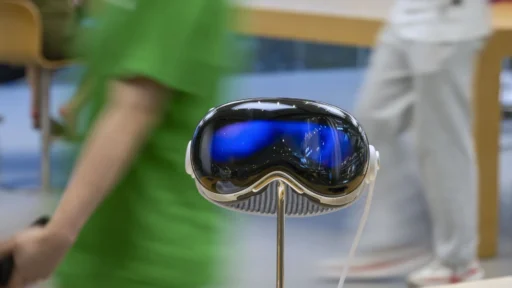Google has started rolling out the Android 16 QPR1 update to Pixel phones, and it’s not just a routine patch. This one feels more like a refresh, bringing the new Material 3 Expressive design language that first appeared on the Pixel 10 series. The update is fairly broad too, covering devices from the Pixel 6 through the Pixel 9 series, along with the Pixel Fold and Pixel Tablet. Since this is a Quarterly Platform Release (QPR), it’s the kind of update that drops meaningful new features and improvements in between the bigger annual Android launches.
Key Takeaways
- Design Overhaul: Material 3 Expressive brings a bold redesign with fluid animations, brighter colors, and updated UI components.
- Wider Availability: Rolling out to Pixel 6 and newer, including the Pixel Fold and Pixel Tablet.
- New Features: Adds desktop mode for supported phones, a refreshed Quick Settings, and deeper customization options.
- User Interface Changes: Tweaks across the lock screen, Settings app, and notification panel.
A New Look with Material 3 Expressive
The headline change in Android 16 QPR1 is definitely the design. Material 3 Expressive builds on Material You but adds more personality. There are new motion effects that make actions like swiping away notifications feel springy and alive. The system also leans into more saturated colors that still adapt to your wallpaper, but in a way that feels richer. Layouts have been reworked too, with new containers and cards that give apps a bit more breathing space.
You’ll notice the redesign almost everywhere. The Settings app, for example, now features colorful icons for each menu item, with sections tucked into card-like blocks for easier reading. Quick Settings looks sharper as well. The toggles can shift from a wide pill shape to a compact square, letting you fit more options on the screen at once. Things like toggling Bluetooth now require just one tap instead of two, which is a small but welcome quality-of-life change.
The lock screen is also getting attention. You can now swipe through different lock screen and home screen styles. The large clock remains, but the day, date, and weather details now sit beneath it. There’s more room for customization too, like changing the clock’s font or adjusting how bold it appears. Google has even added animated weather effects, so your wallpaper can reflect conditions like sunshine, rain, or fog in real time.
A Step Closer to a Desktop Experience
Perhaps one of the more practical additions is desktop mode. It’s designed for Pixel phones with video output support over USB-C, such as the Pixel 8 and later models. Plug the phone into an external display and you get a taskbar, a status bar, and free-form app windows that mimic a desktop computer. It’s still early days for this feature, but it’s a promising step for people who’d like to use their phone as more than just, well, a phone. In the right setting, it can become a mini workstation.
More Small Improvements
Beyond the big visual update and desktop mode, Android 16 QPR1 packs in smaller but useful tweaks. The recent apps screen now has drop-down menus for each app, making it easier to jump into split-screen mode. Fingerprint Unlock settings include a new button that lets you check which enrolled fingerprint is being used, which could be handy if you’ve saved multiple.
None of these smaller details are flashy, but together they make the whole system feel more polished and a bit more user-friendly.
FAQs
Q: Which Pixel phones are getting the Android 16 QPR1 update?
A: The update is available for all Pixel devices from the Pixel 6 series onwards, including the Pixel 6, 6 Pro, 6a, Pixel 7, 7 Pro, 7a, Pixel Fold, Pixel Tablet, Pixel 8, 8 Pro, 8a, and the new Pixel 9 series.
Q: What does QPR stand for in Android updates?
A: QPR stands for Quarterly Platform Release. It is a program where Google releases new features and improvements to Android every quarter, giving users new things to use between major yearly Android updates.
Q: What is Material 3 Expressive? How is it different from Material You?
A: Material 3 Expressive is a new version of the Material Design system. It builds on Material You by adding more vibrant colors, new motion physics, and a refreshed look. It is an expansion of the existing design system, not a complete replacement.


